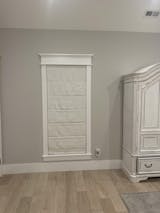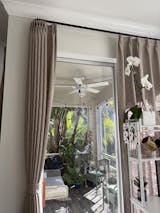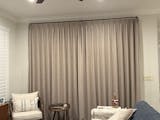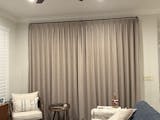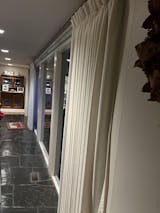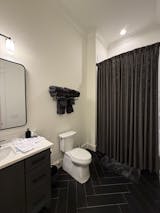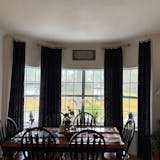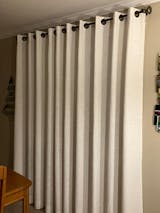If you have had the rod installed, please measure the rod length and record this measurement.
If you do not have the rod installed, first decide where you want the curtain rod to be mounted above and on the sides of the window frame. Consider how high you want the rod to create the desired visual effect.
- Height Above the Window Frame: Typically, curtain rods are installed 6-10 inches above the window frame to create the illusion of a taller window. Mark this height lightly with a pencil or use masking tape as a guide.
- Width Beyond the Window Frame: Add extra width (normally 6-15 inches) on each side of the window frame for the curtains stack. Mark these points lightly with a pencil or use masking tape as a guide.























